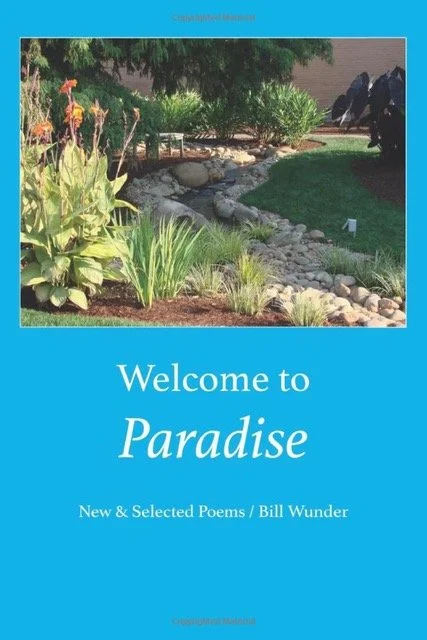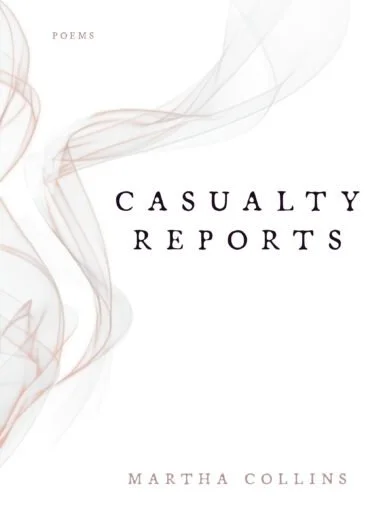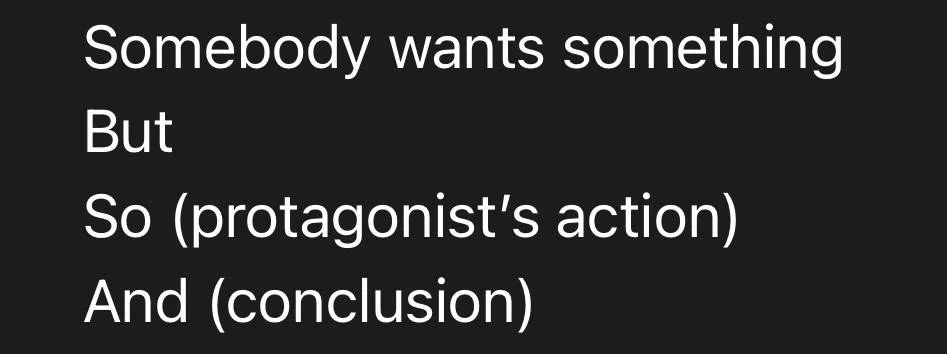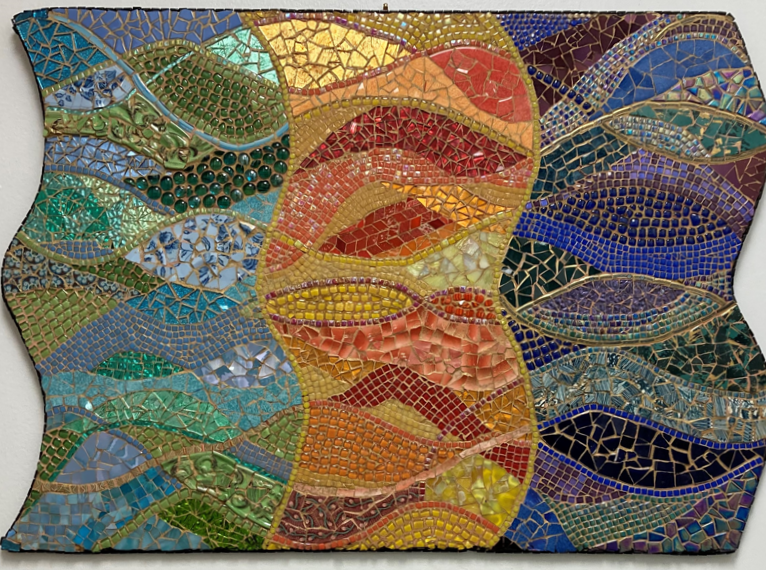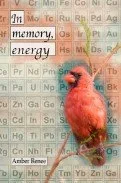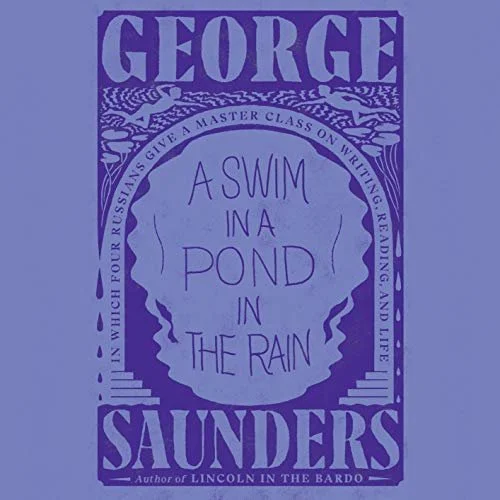The first thing that may strike a potential reader of John Wall Barger’s sixth full-length collection, Smog Mother, is the evocative title. The word smog implies an intensity and is itself a portmanteau. The provocative and exciting poems in this collection unpack themselves slowly in the manner of a tightly packed overpacked suitcase. Barger begins the book with an apt epigraph from Margaret Dumas’ Hiroshima Mon Amor screenplay: “The illusion, it’s quite simple, the illusion is so perfect that tourists cry./ One can always scoff, but what else can a tourist do, really, but cry”? “Tourist” can connate a surface-level visitation by a disinterested party, but Barger’s poems suggest a rich interior and exterior travelogue. The more appropriate word for his persona is journeyer.
The poem begins with the eponymous, tripartite poem “Smog Mother,” co-winner of the Malahat Review Long Poem Prize. With it vivid, crystalline diction, “Smog Mother” reads like an overarching camera shot of the 2014 junta in Thailand:
Smog Mother your one broken heel
Smog Mother walking the edges of Bangkok at dusk
Smog Mother at the edges of the property
You chew gum on the edges of praise
You drag eyeliner along the banks of the river
Your fake leather purse is filled with burning bodies.
Nestled in the descriptive is a clever critique of consumerism: “The 7-Elevens glitter within you.” A common concept in poems of witness, such as this excellent example of the genre, is the announcement of the narrator’s own culpability. This poem forces the reader to examine their own culpability in the expansion of American hegemony. Like the best poems, “Smog Mother” reveals one poem inside the other as the layers fall away with each successive rereading.
Not only comfortable writing epic poems of witness, Barger can also expertly capture the intimate moments that can occur during routine journeys. “Woman on a Hong Kong Bus at Night” is an exquisite distillation of such an intimate encounter when a passenger falls asleep on the narrator’s shoulder:
Through my shirt
I feel teeth grinding, lips
forming ghosts of words, a trickle
of drool on my hand…
This moment of connection borders on the erotic: “Any wetness/ on the skin and we long/ for the first shores.” Vast stores of empathy are required of the narrator to experience such a moment with a stranger who first looked askance at him on the bus as he sat down next to her. This empathy is exemplified in the lines:
I wish this was a different world—
one where we can lean on a stranger
without shame.
“Samovar” is another impressive epic poem in this collection. The narrator and his wife, Tiina, are aboard the Trans-Mongolian Railway “bracing each other with laughter/ and sex against the cruel/ and absolute white nullity of Russia.” The poem starts in a cozy cabin and ventures outward through the train where “Russian mothers/ [are] playing mahjong on suitcases/ laughing without shame.” Through the course of the poem, the samovar comes to represent the narrator’s relationship with the important women of his life as a young husband, and even as a baby “afloat in a shopping cart.” The warm comfort of the samovar is another iteration of the mysterious, yet accessible, smog mother.
Barger’s remarkable capacity for empathy is evident in his heartbreaking portrait of a mother’s grief in “Parking Lot, Tibetan Parliament-in-Exile, Noon.”
A Tibetan woman in a striped apron
feeds a donkey
watermelon slices…
It is not essential to know
that this woman
(she who now pets
the straw mane of the donkey
making his brown eyes
go sleepy and soft)
had a son named Chaku
who at fifteen
soaked himself in petrol
lit a match and held it
In his notes to this poem, Barger writes that self-immolation is a common form of protest against the Chinese occupation of Tibet. In his poems, the narrator moves beyond the mere tourist into a journeyer or a sole witness. The inessential knowledge is the essence of this poem. In his way, Barger is critiquing humanity’s (especially the West’s) too common indifference to tragedy.
He bravely asks the question, what can we do in the preface? But unlike many poets who pose such questions, he has an answer: show and tell their stories with a well-developed empathy. For anyone who feels disconnected from life and its myriad experiences, reading Smog Mother can reconnect you to the spirit of humanity. In these troubled times, Barger has penned a much-needed, and sure to be beloved, gift.
Sean Hanrahan is a Philadelphian poet originally hailing from Dale City, Virginia. He is the author of the full-length collection Safer Behind Popcorn (2019 Cajun Mutt Press) and the chapbooks Hardened Eyes on the Scan (2018 Moonstone Press) and Gay Cake (2020 Toho). His work has also been included in several anthologies, including Moonstone Featured Poets, Queer Around the World, and Stonewall’s Legacy, and several journals, including Impossible Archetype, Mobius, Peculiar, Poetica Review, and Voicemail Poems. He has taught classes titled A Chapbook in 49 Days and Ekphrastic Poetry and hosted poetry events throughout Philadelphia.



